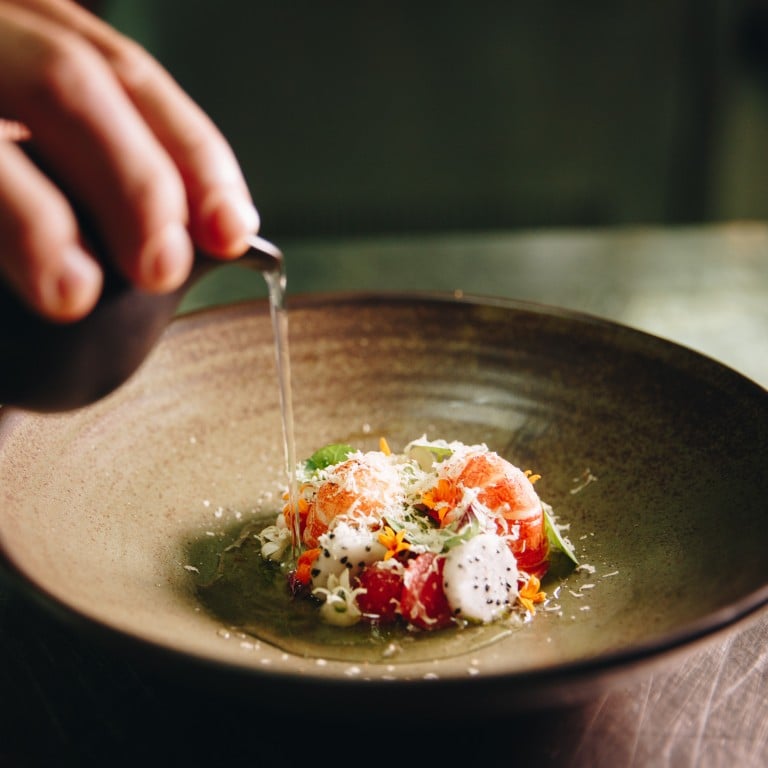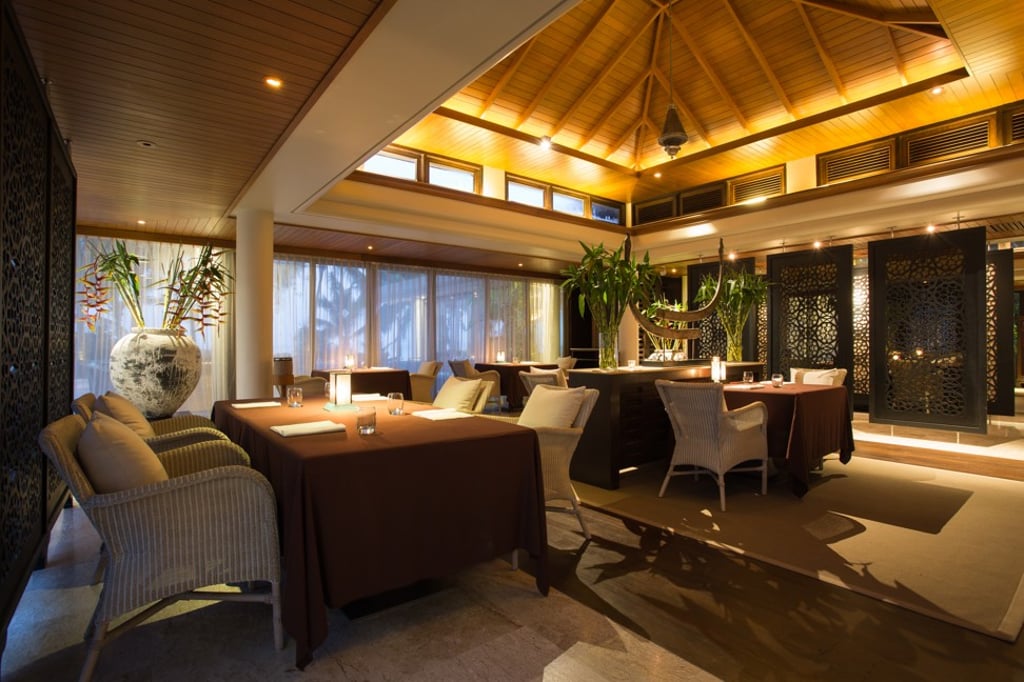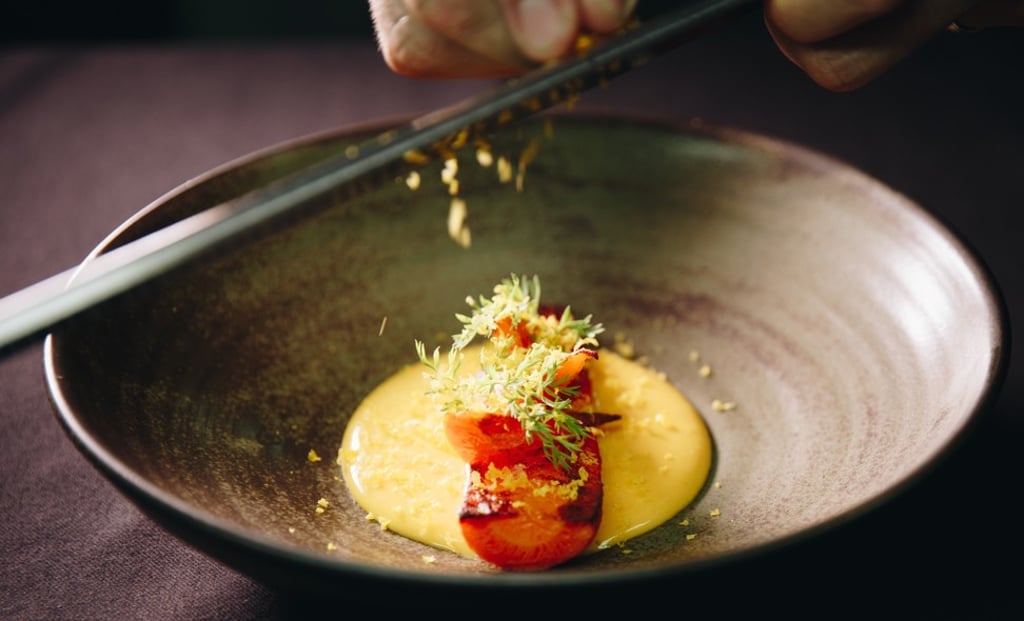Review / How Phuket’s only Michelin-starred restaurant, PRU, has opened our eyes to the food landscape in Thailand

PRU lives up to its philosophy of ‘plant, raise and understand’ its ingredients, and is testament to the creativity of Dutch chef Jimmy Ophorst
PRU was the only Phuket restaurant included in the Thailand Michelin guide when its 2020 edition was released last month. Rightly so. The concept transcends its island location by promoting produce the country has to offer in its creative dishes. This is testament to the creativity of Dutch chef Jimmy Ophorst, who once worked with Gaggan Anand, one of Thailand’s most avant garde chefs.

Phuket is an island that evokes images of beautiful beaches, luxury resorts and gorgeous villas. While there is an abundance of restaurants in the holiday destination, PRU is the only one to have made its mark on a global scale.

The restaurant is inside the Trisara luxury resort, nestled among the hills of northwestern Phuket, in a tranquil environment away from tourist hotspots.
PRU refers to the establishment’s philosophy of “plant, raise and understand” its ingredients, similar to the minimalist, ingredient-focused approach to food that put acclaimed Copenhagen restaurant Noma on the map. The spotlight at PRU extends beyond Thai ingredients to the produce, and finding out about and tasting items such as cheese from Chiang Mai. This opened our eyes to the wonderful food landscape in the Land of Smiles.

Each dish on the menu showcased ingredients from different parts of Thailand which whetted our appetite and curiosity. For 4,500 baht (US$150) we opted for the six-course signature menu. For an additional 850 baht you can secure Wagyu beef raised in Nakhon Phanom in the northeast of the country.

Highlights of the evening included the pickle salted egg from the southern Chai Ya district in Surat Thani province, that was served with abalone from Phuket island. The yolk was poached to a gooey consistency where it’s not as salty as Chinese salted egg. When paired with the abalone, it provided a lighter and brighter version of its counterpart in Chinese cuisine.
